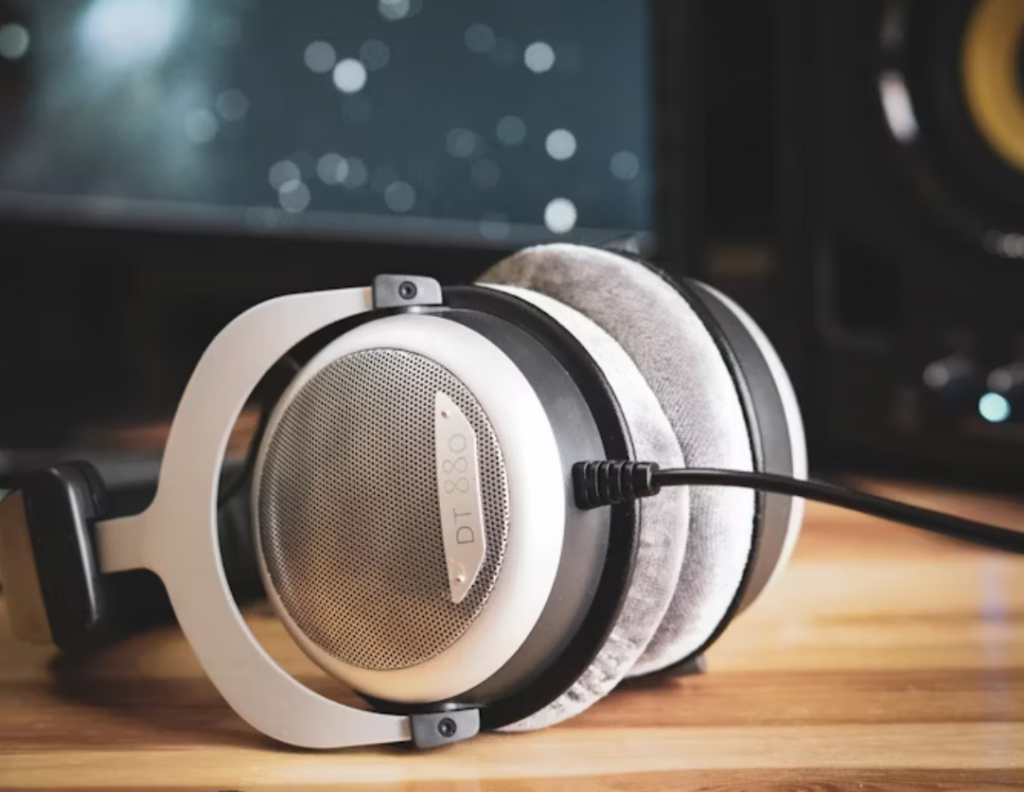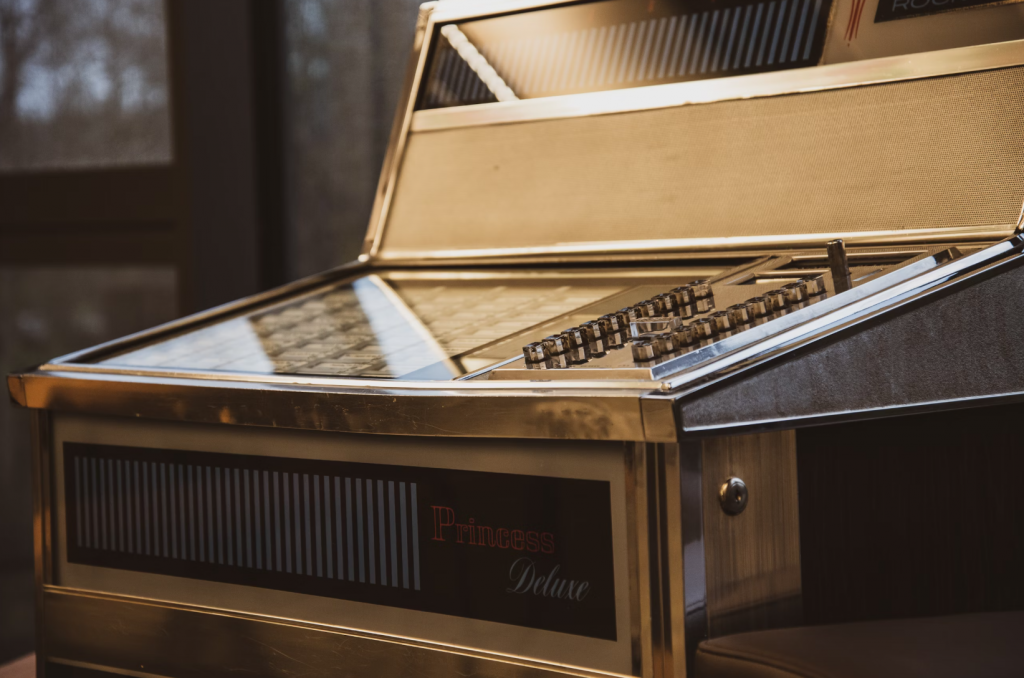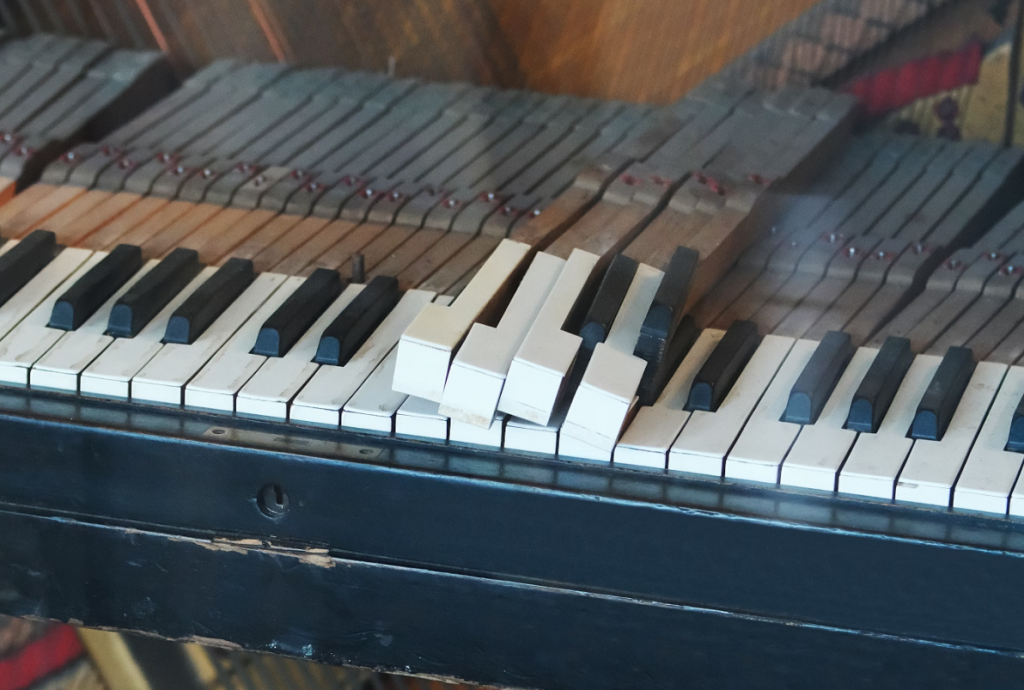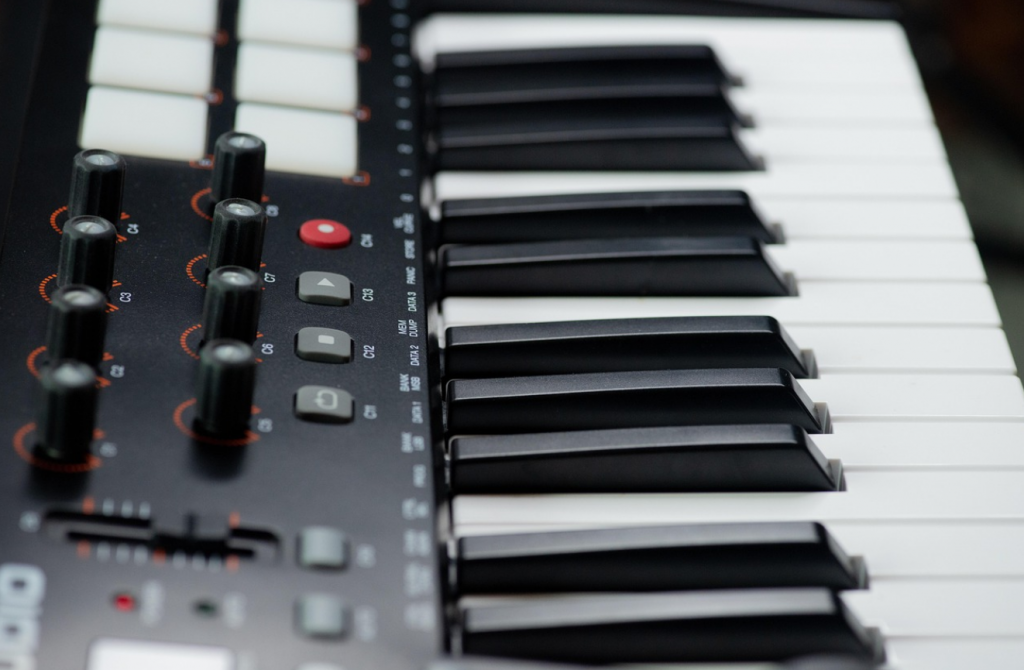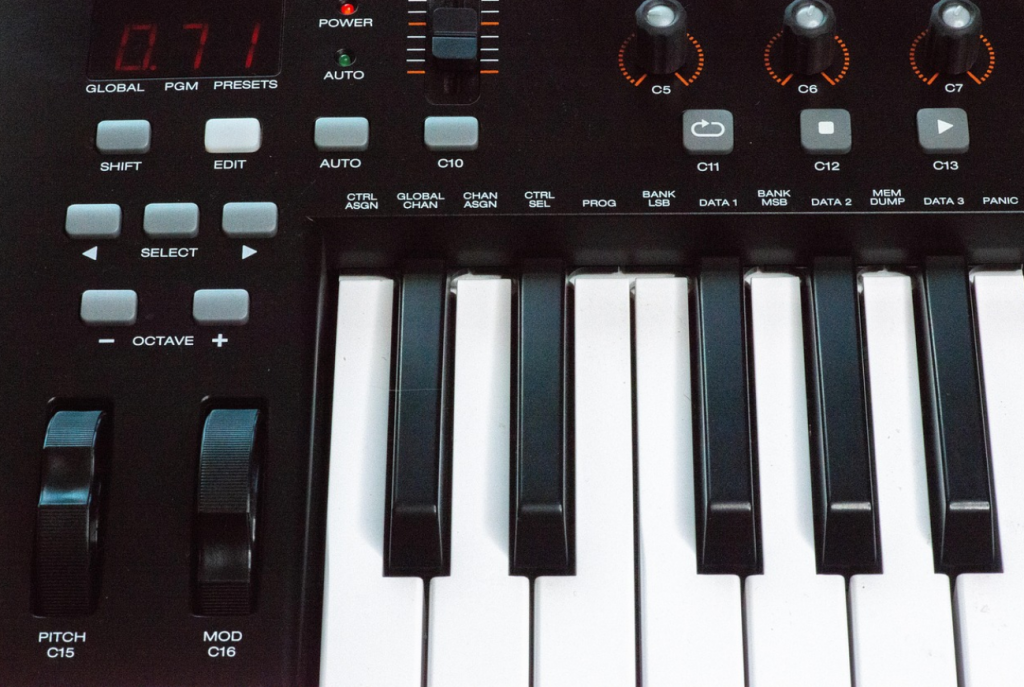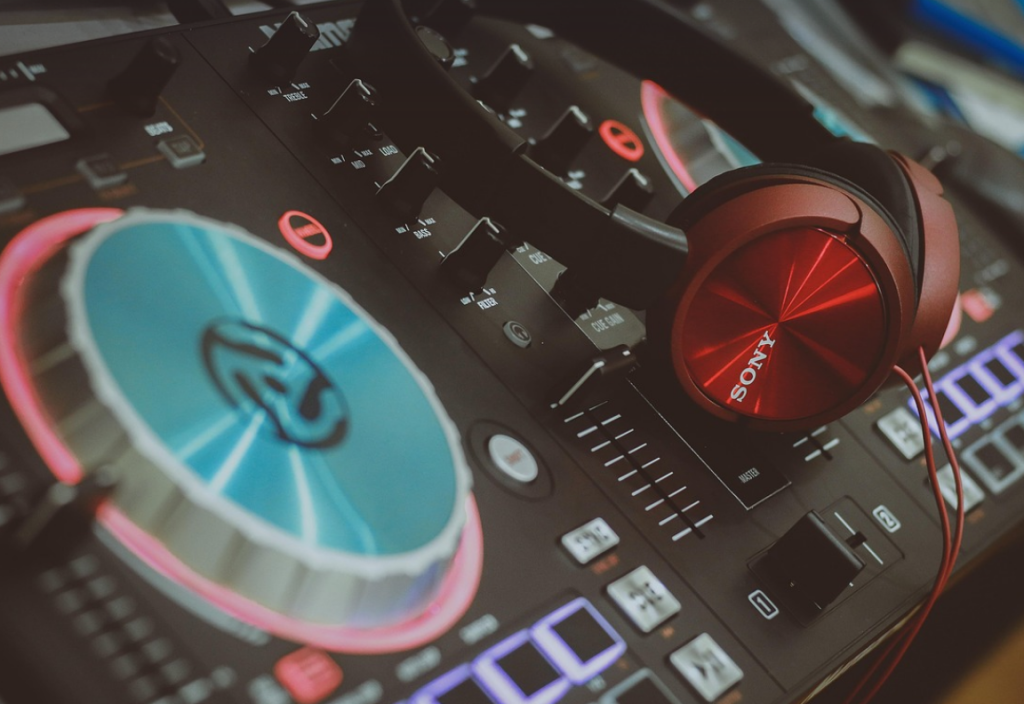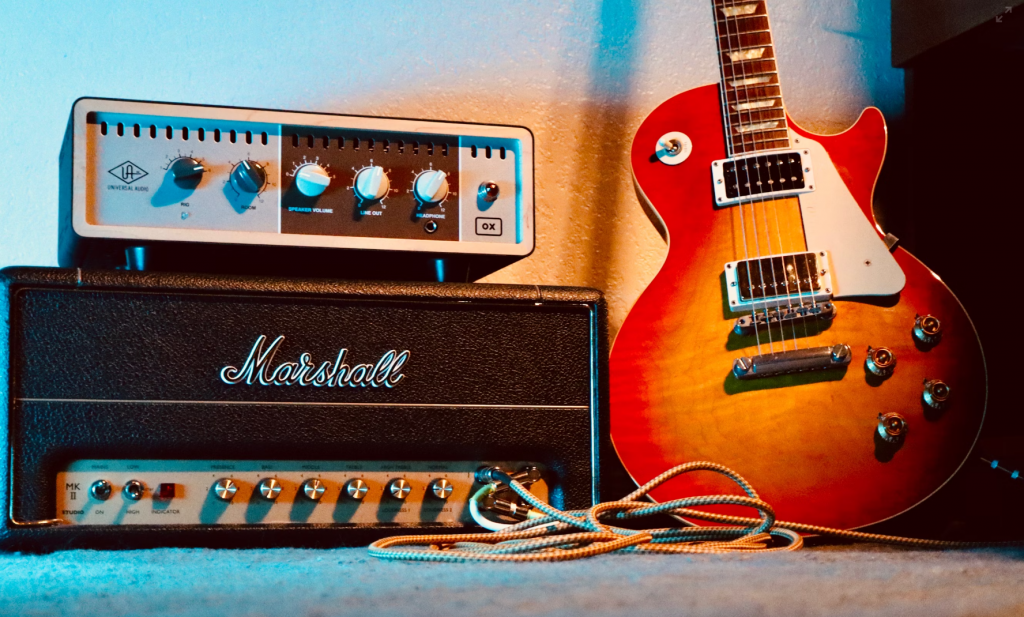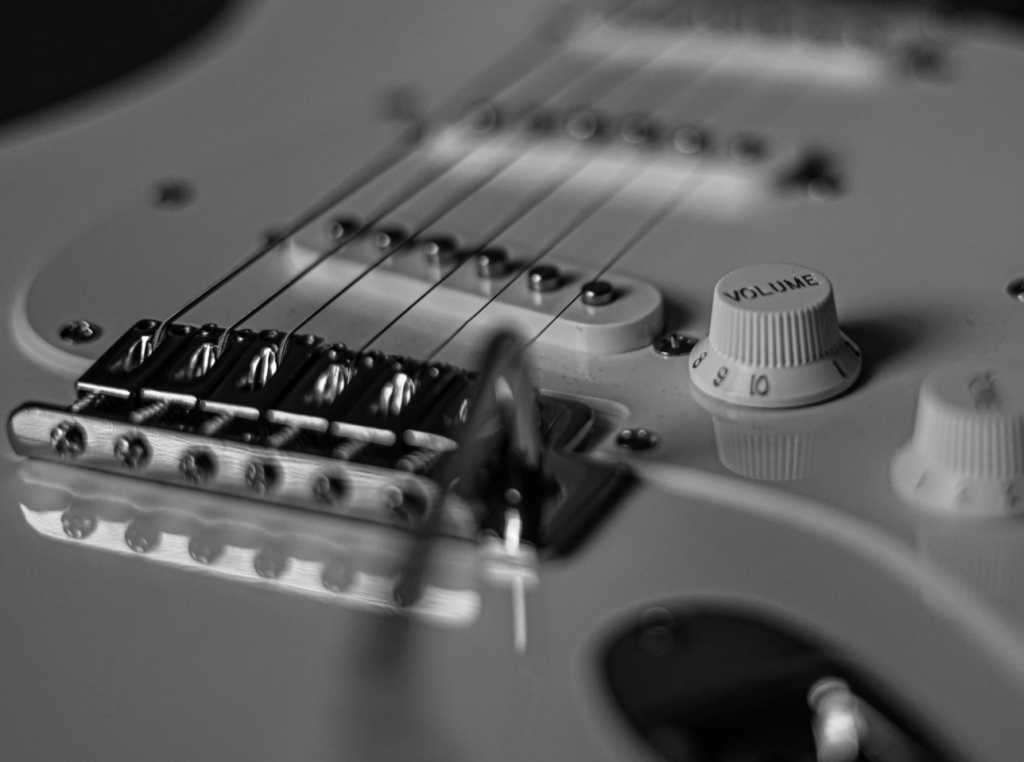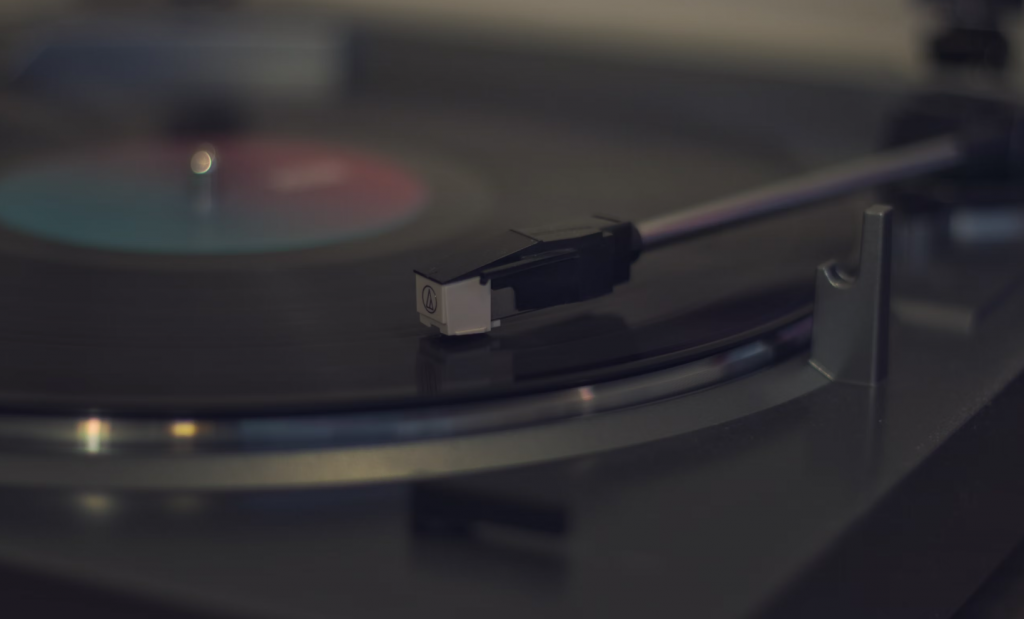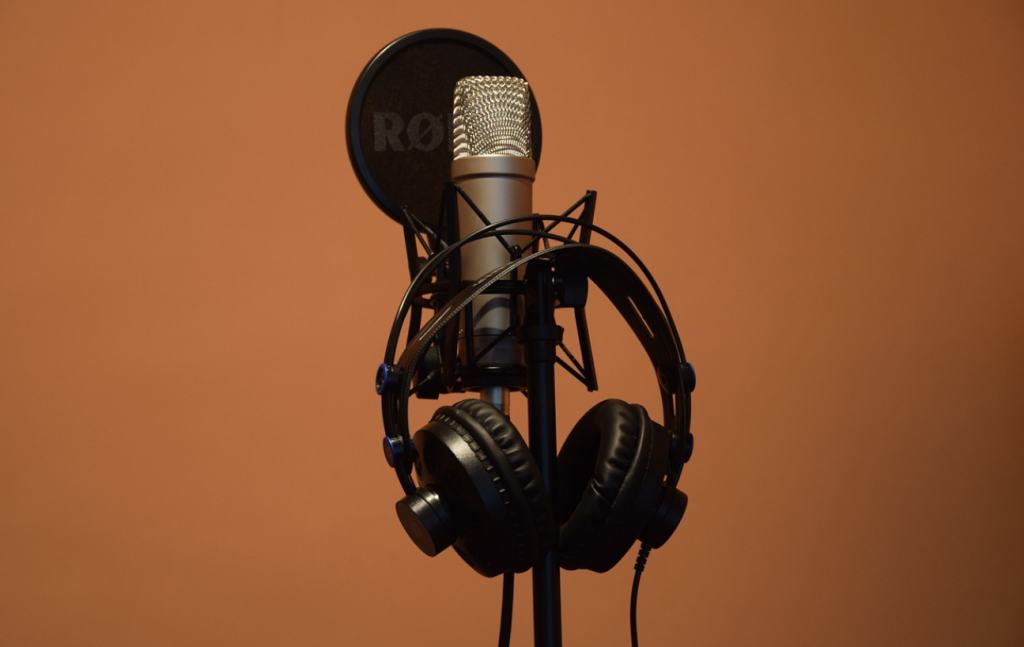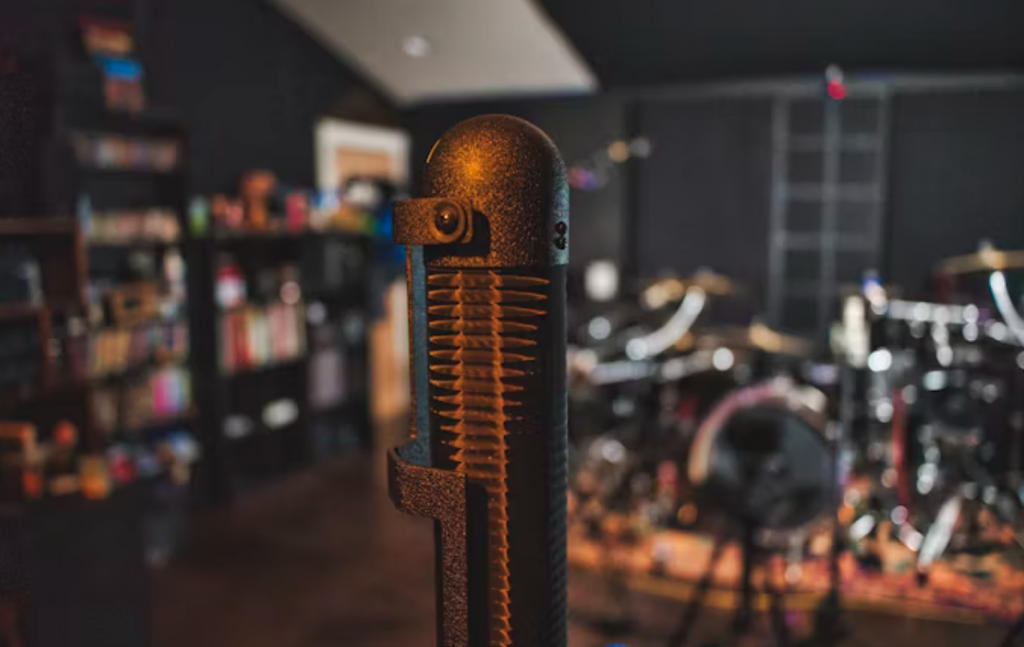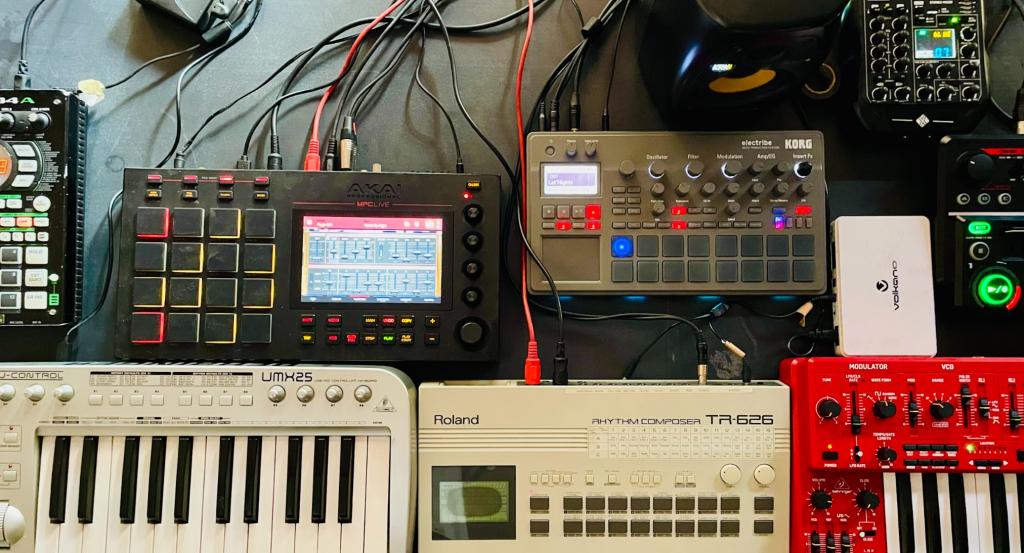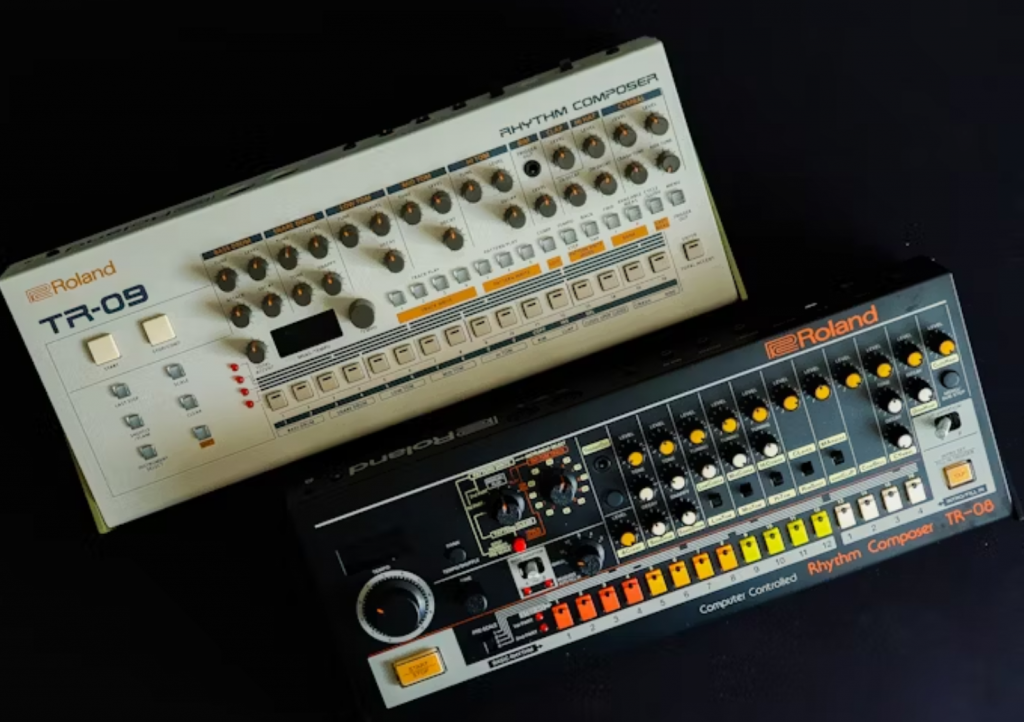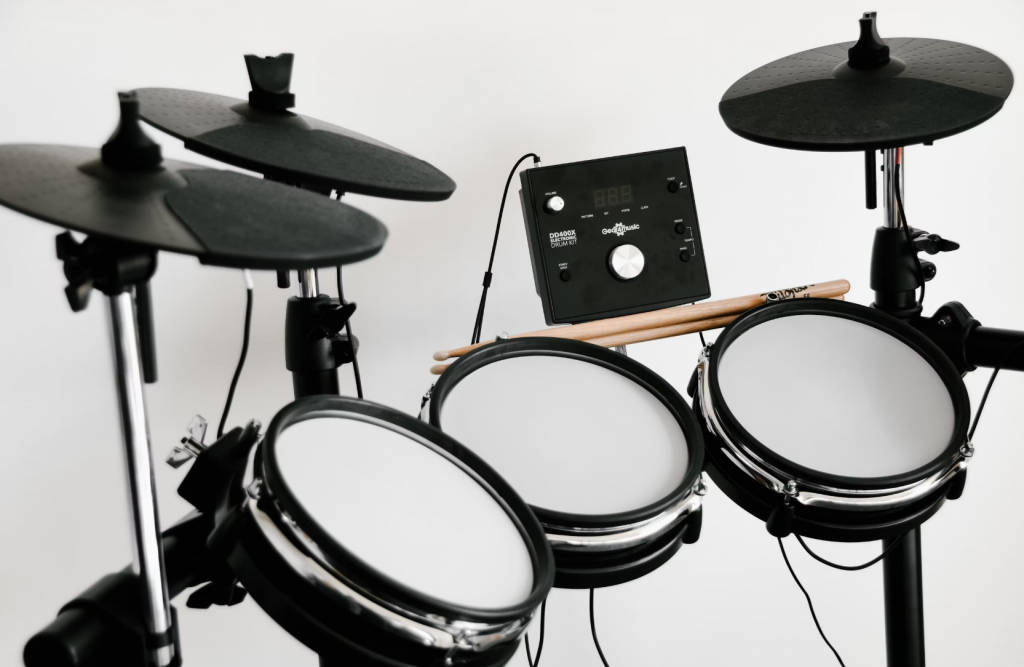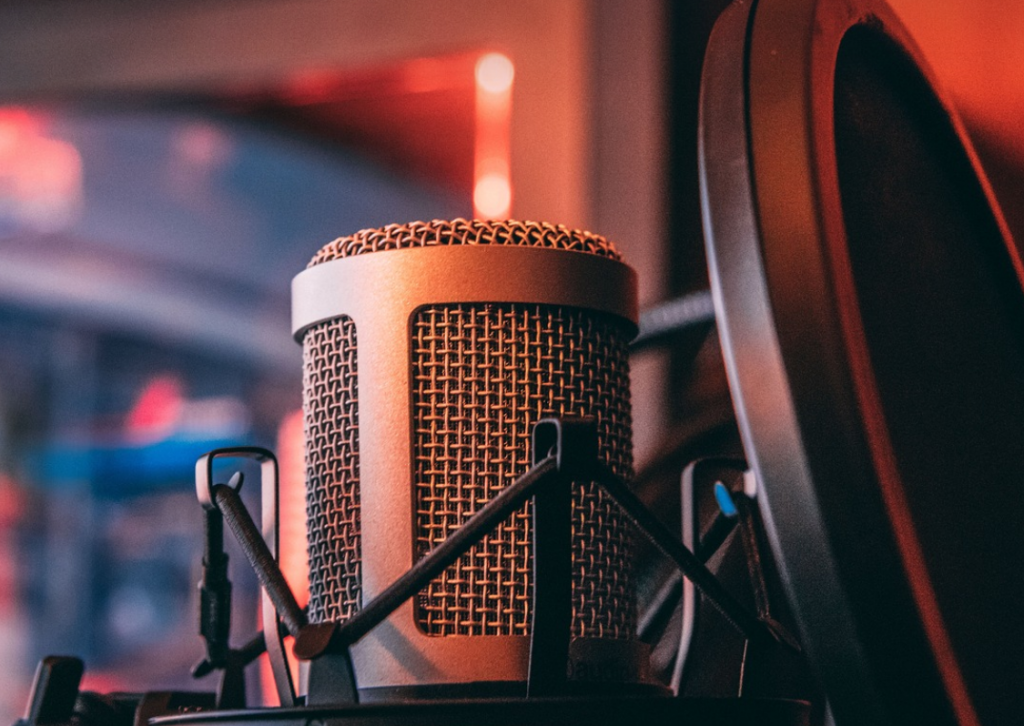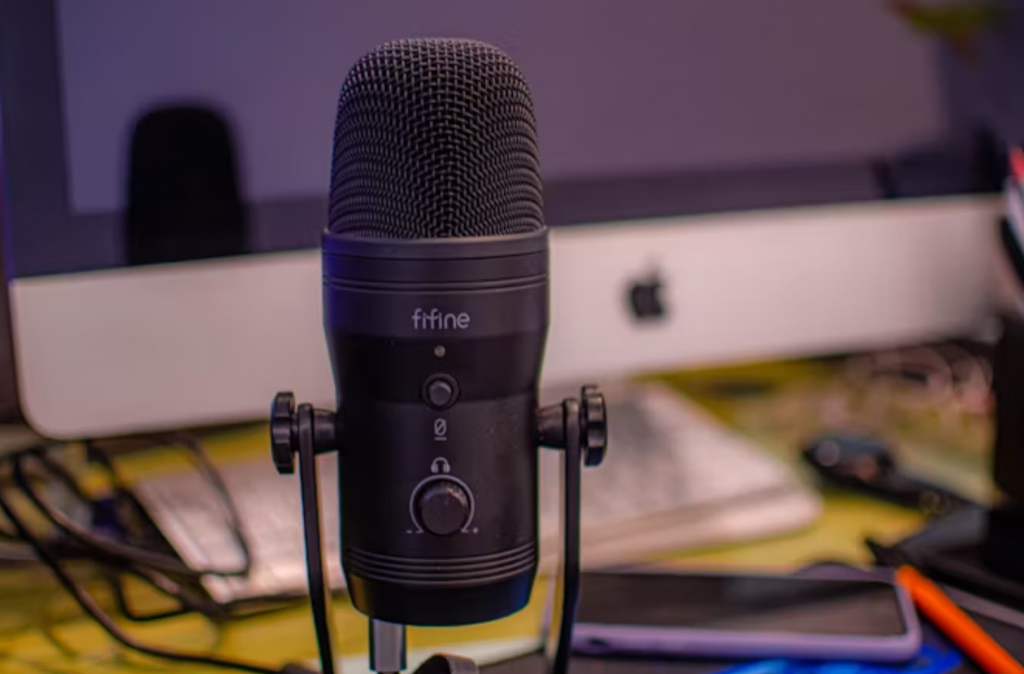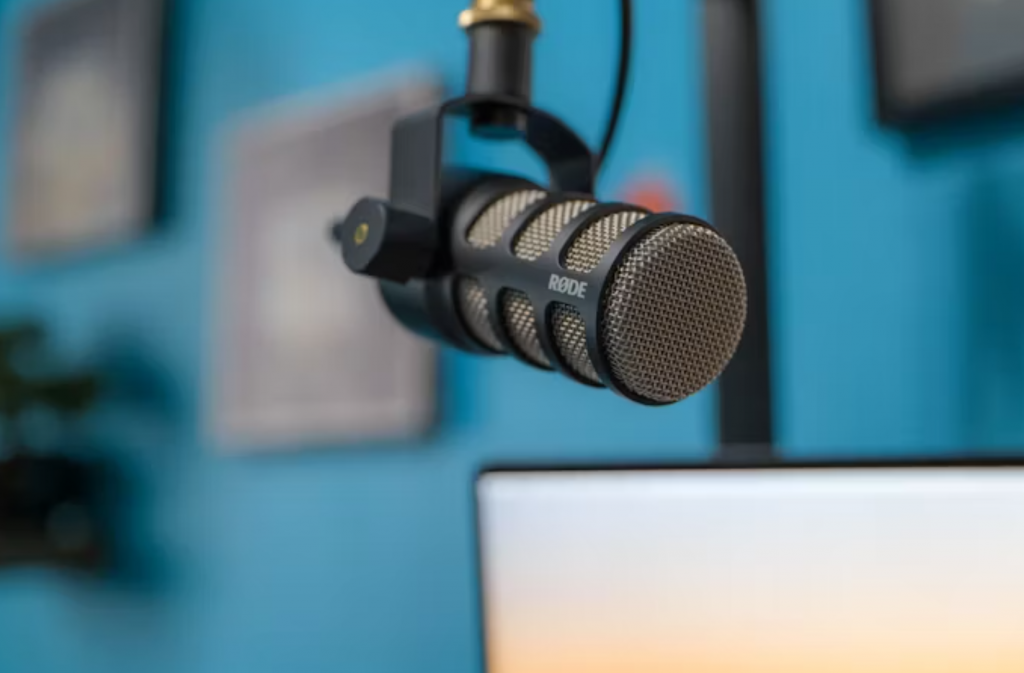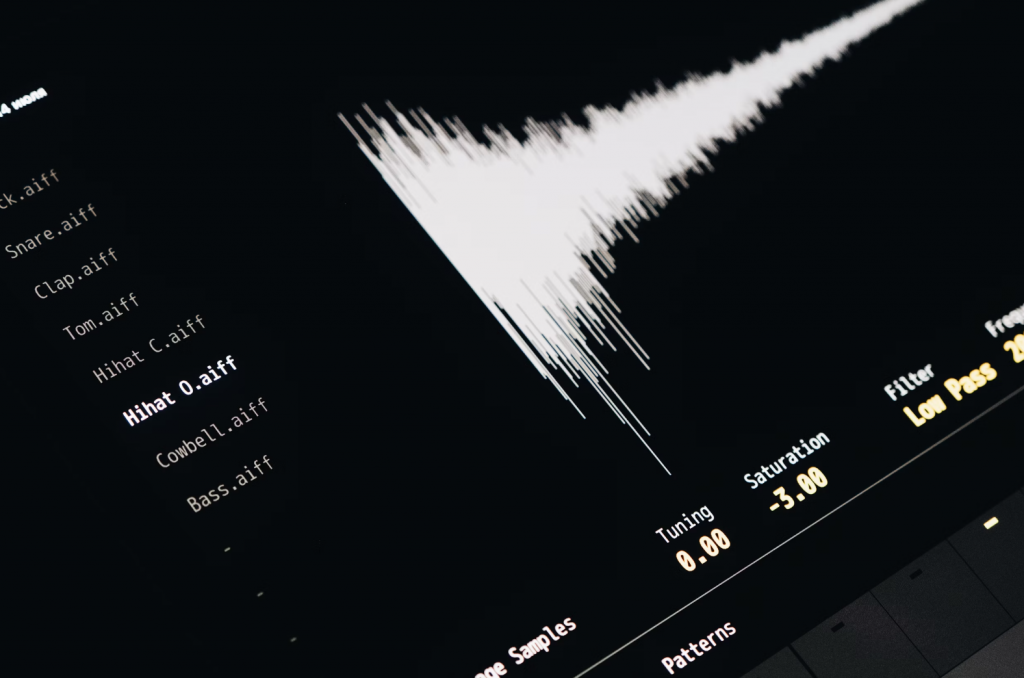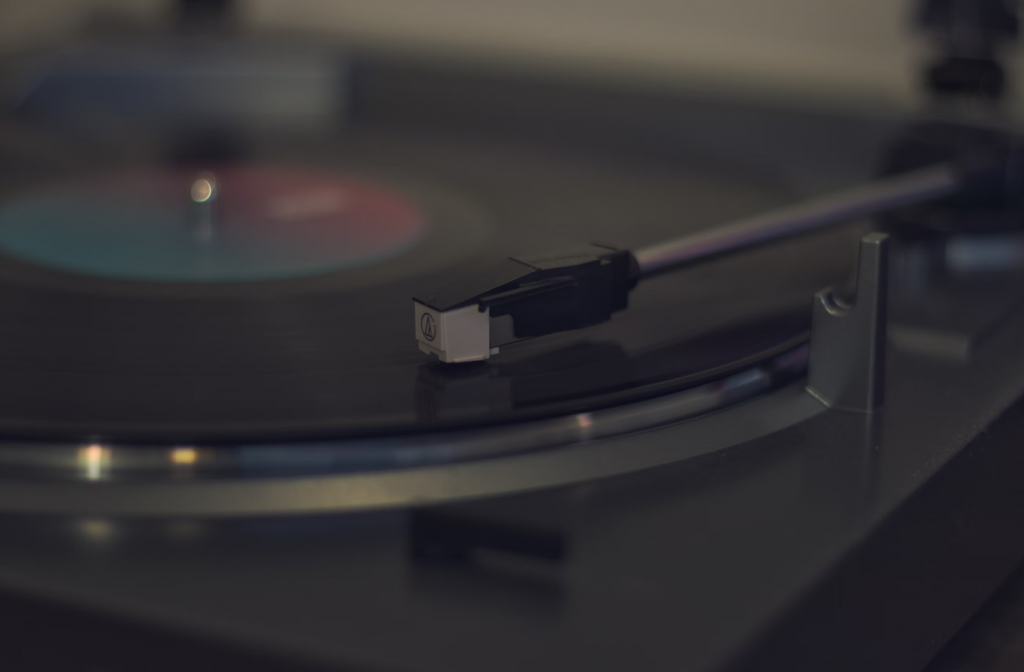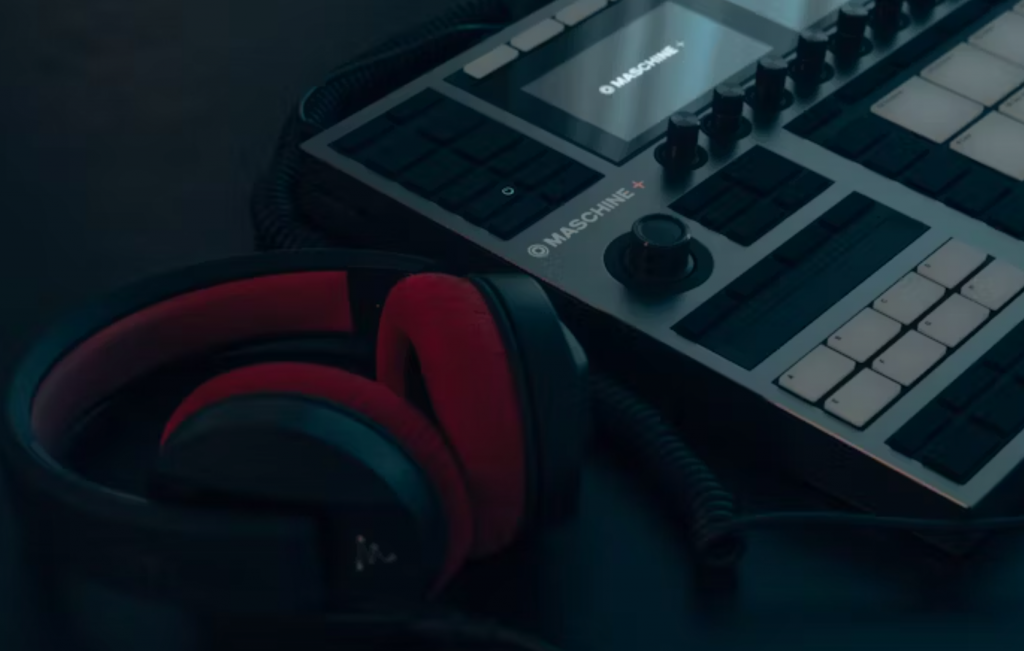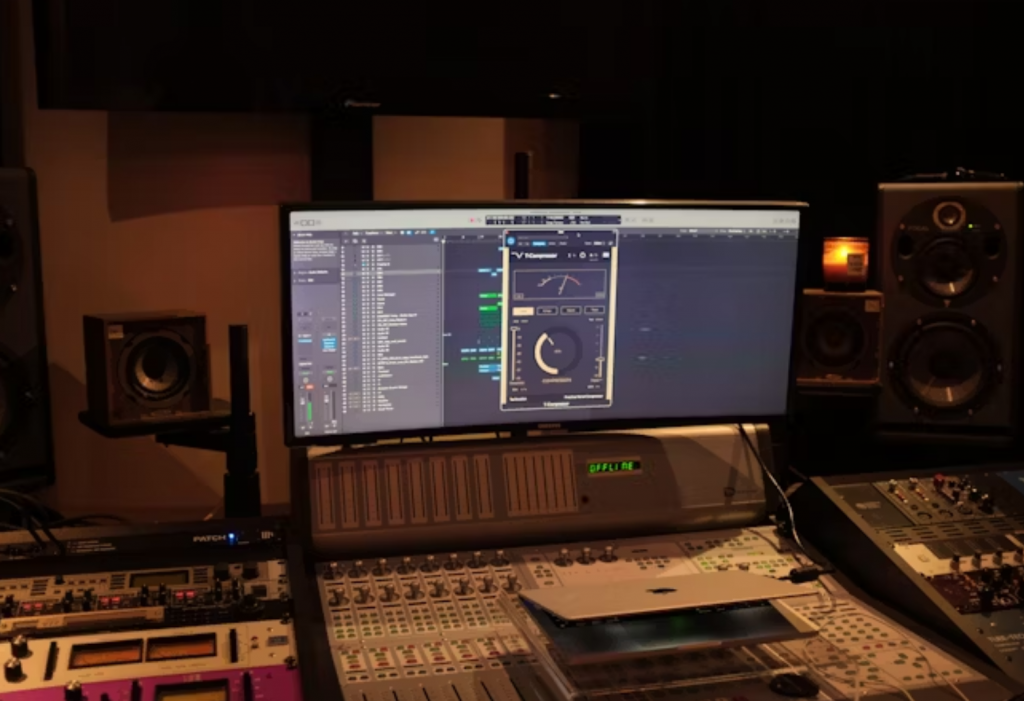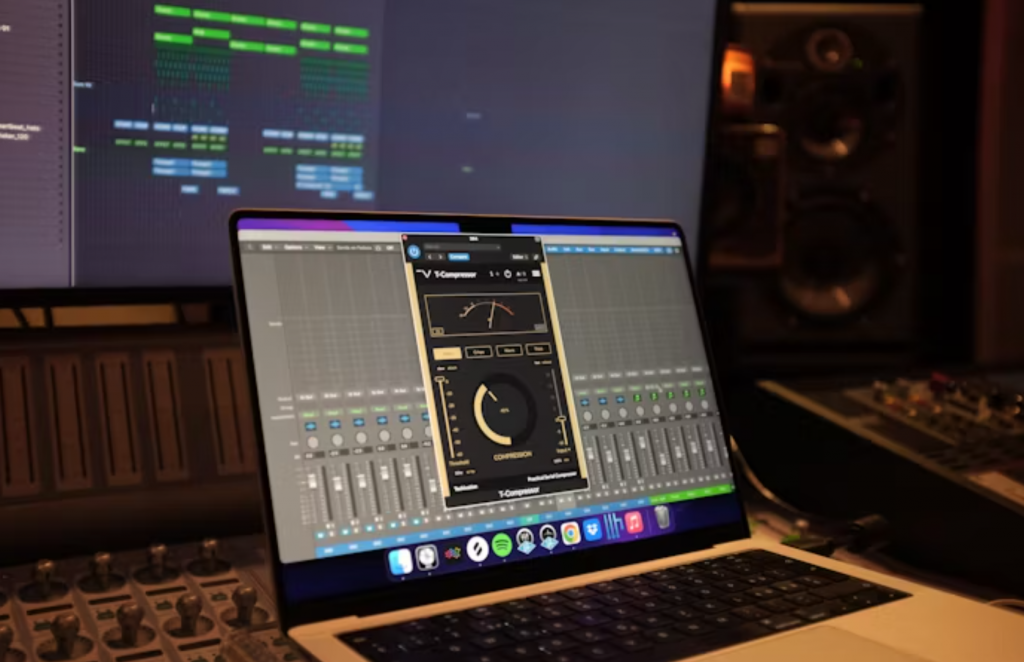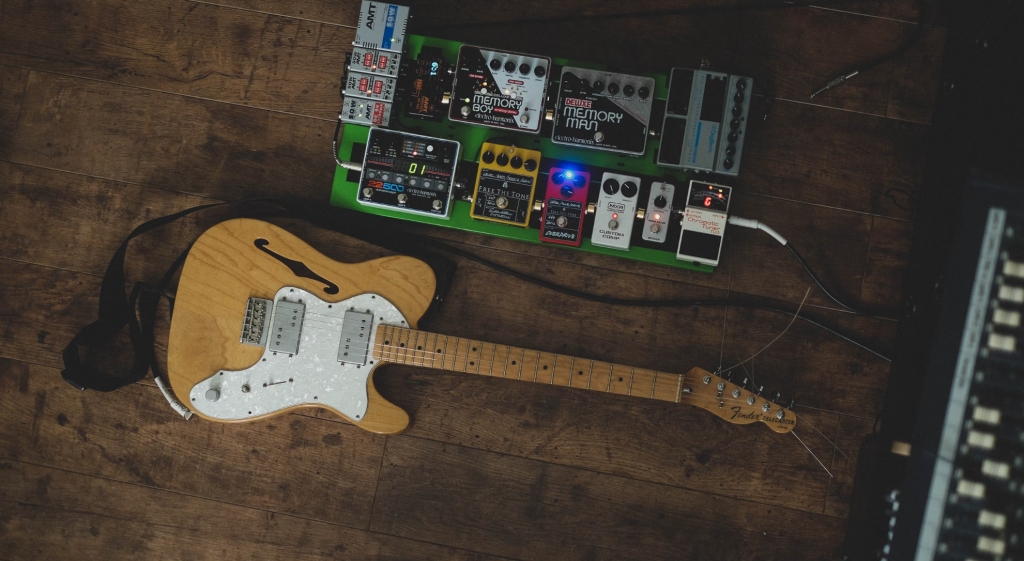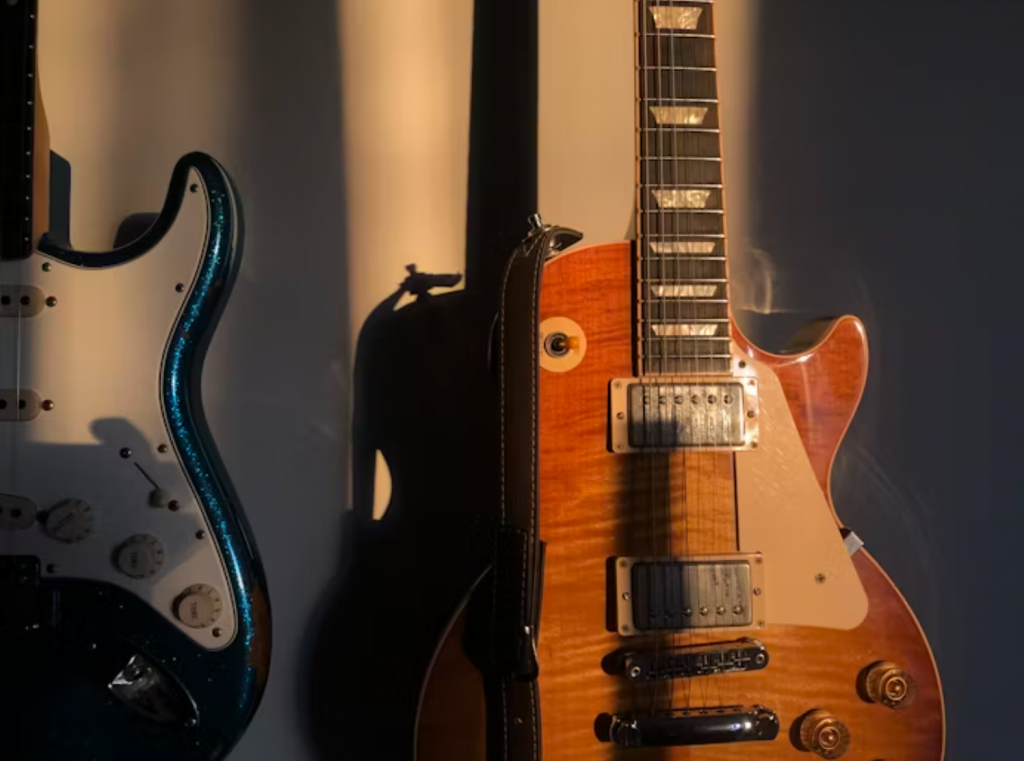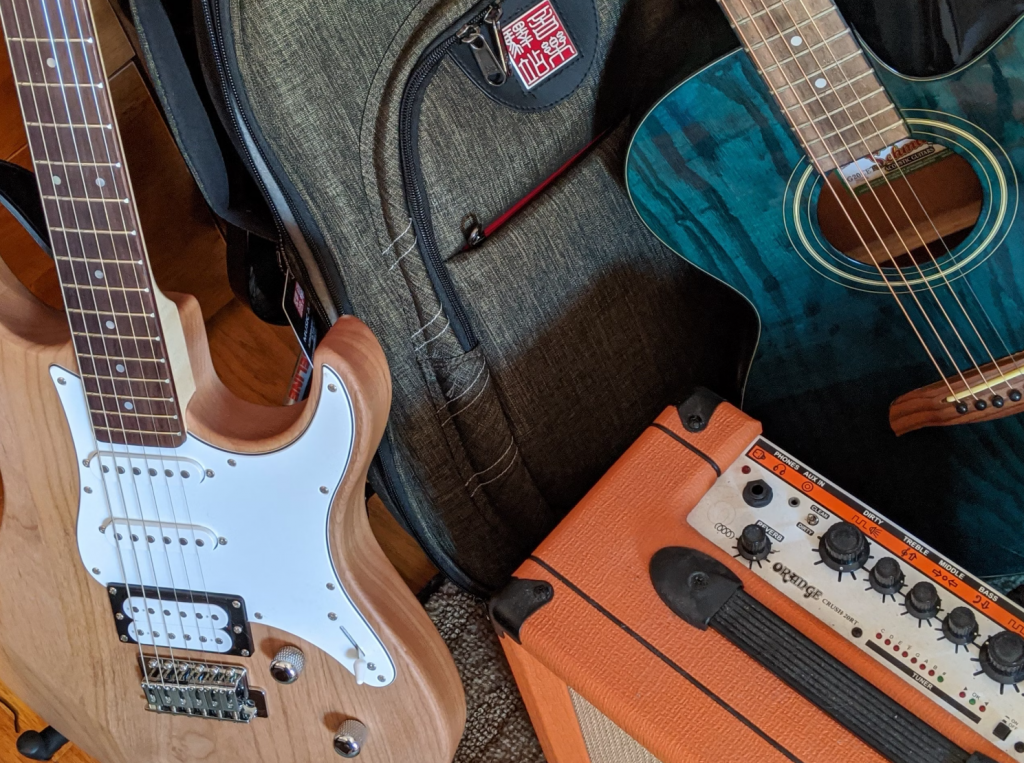Introduction
When it comes to studio headphones, the $300 price range often represents the sweet spot between affordability and performance. Among the numerous brands in the market, Sony, Beyerdynamic, and Audio-Technica stand out as leaders in this segment. But which one is best suited for your needs? In this article, we’ll dive into the pros and cons of each brand, focusing on their most popular models, and help you decide which studio headphones provide the best value for money.
Why Choose Studio Headphones?
Studio headphones are engineered to provide an accurate, uncolored sound profile—essential for music producers, sound engineers, and audiophiles who need to hear every detail. Unlike consumer headphones, which often emphasize bass or treble to appeal to general listeners, studio headphones aim for neutrality, clarity, and comfort during long listening sessions.
Overview of the Three Brands
Let’s take a closer look at each brand’s reputation and approach to studio headphones.
Sony’s Studio Headphones
Sony is well-known for its high-quality audio products across all categories, from personal listening devices to professional-grade studio equipment. Their headphones are designed for both casual listeners and professionals. The Sony MDR-7506, one of the most iconic studio headphones, has been a staple in studios for decades, providing clear and detailed sound with durability.
Beyerdynamic’s Studio Headphones
Beyerdynamic is a German brand that’s renowned for its precise and analytical sound reproduction. Their headphones are favored by professionals for their balanced audio performance and incredible build quality. The Beyerdynamic DT 770 Pro, a closed-back studio headphone, has gained widespread acclaim for its comfort and consistent sound quality, making it a go-to choice for audio engineers and producers.
Audio-Technica’s Studio Headphones
Audio-Technica is another strong contender in the studio headphone market, offering a wide range of headphones at various price points. The Audio-Technica ATH-M50x is one of the brand’s flagship models, widely praised for its accurate sound, deep bass, and robust design. It’s a favorite in both professional and personal settings.
Key Features to Look for in Studio Headphones
When choosing studio headphones, it’s essential to consider several key factors to ensure that you’re getting the most out of your investment.
Sound Quality
The most critical aspect of any studio headphone is its sound quality. Look for a flat, neutral sound profile with accurate bass, mids, and highs. This is crucial for mixing and mastering music, where clarity and detail matter.
Comfort and Fit
Since studio professionals often wear headphones for hours, comfort is paramount. Look for headphones with padded ear cups, an adjustable headband, and a lightweight design.
Durability and Build Quality
Studio headphones need to withstand heavy use. Choose headphones that are built to last with materials that can endure long hours of use and occasional travel.
Noise Isolation and Cancellation
While studio headphones typically don’t have active noise cancellation, excellent passive noise isolation is essential for focusing on your work without distractions.
Comparing the $300 Models from Each Brand
Now that we have an overview, let’s compare the flagship models from each brand—Sony’s MDR-7506, Beyerdynamic’s DT 770 Pro, and Audio-Technica’s ATH-M50x—focusing on their key features.
Sony MDR-7506
Sony’s MDR-7506 is known for its reliable and balanced sound profile. With a reputation built over decades, the MDR-7506 offers great value for money. It’s lightweight and foldable, making it a solid choice for professionals on the go. The closed-back design ensures good noise isolation, while the 40mm drivers provide clear and detailed audio.
Beyerdynamic DT 770 Pro
The DT 770 Pro from Beyerdynamic is a closed-back headphone that excels in providing deep, punchy bass while maintaining clear mids and highs. It’s designed for comfort with its soft, replaceable ear pads and adjustable headband. The DT 770 Pro is also incredibly durable, built to withstand years of heavy use in the studio.
Audio-Technica ATH-M50x
The ATH-M50x is a popular choice for both professionals and casual listeners. It delivers a balanced, well-rounded sound with a slight emphasis on bass. The 45mm drivers offer great detail, while the ear cups swivel for easy storage and monitoring. The M50x is known for its durability, and its comfort is enhanced by the padded ear cups and lightweight design.
Sound Quality Comparison
Sony MDR-7506 Sound Profile
The Sony MDR-7506 offers a flat response with a slight boost in the midrange, making vocals and instruments stand out. The bass is tight and controlled, and the highs are crisp, though not harsh. This makes it a reliable choice for detailed audio work like mixing and editing.
Beyerdynamic DT 770 Pro Sound Profile
The DT 770 Pro offers a more pronounced bass response, making it a great choice for genres like hip-hop and electronic music. The mids are clear, and the highs are well-defined without sounding sibilant. While it’s not as neutral as the MDR-7506, it still provides an excellent listening experience.
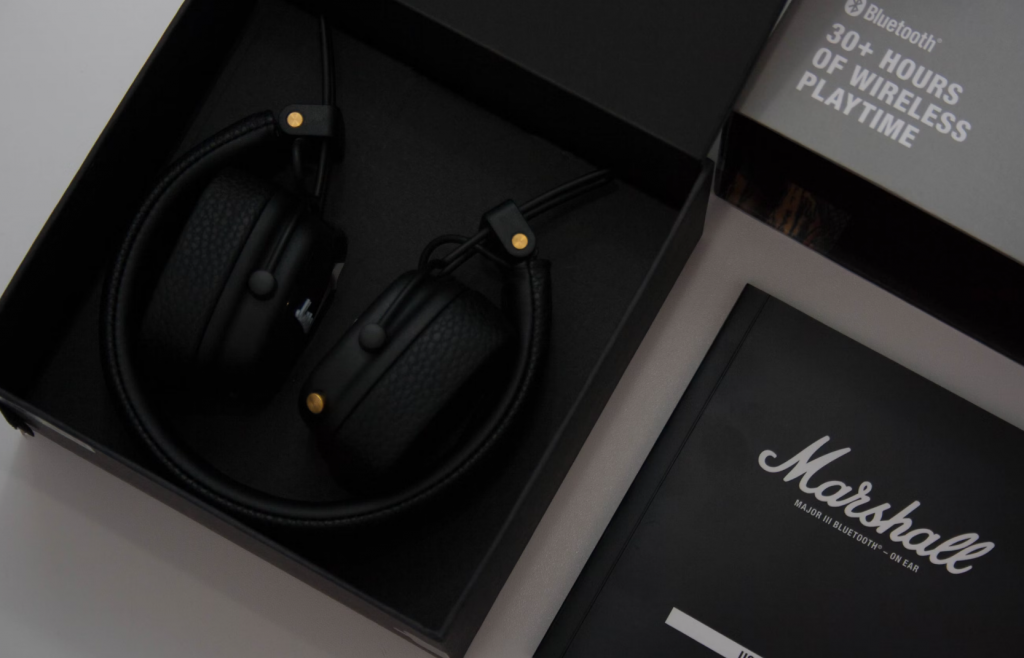
Audio-Technica ATH-M50x Sound Profile
The ATH-M50x is known for its slightly bass-heavy sound, making it ideal for genres that require a punchy low end. However, the mids and highs remain clear and balanced, making it a versatile option for mixing, recording, and casual listening.
Comfort and Build Quality
Sony MDR-7506 Comfort
The MDR-7506 has a lightweight design and padded ear cups, offering decent comfort for extended use. However, it may feel a bit tight for those with larger heads.
Beyerdynamic DT 770 Pro Comfort
The DT 770 Pro is one of the most comfortable headphones on the market. Its soft ear pads and adjustable headband ensure a snug but comfortable fit, even during long listening sessions.
Audio-Technica ATH-M50x Comfort
The ATH-M50x offers a comfortable fit with its well-padded ear cups and adjustable headband. It’s slightly heavier than the Sony but still comfortable enough for long hours of use.

Durability and Design
Sony MDR-7506 Build Quality
The MDR-7506 is made with durable materials, including a folding design for easy storage. While it may not feel as premium as the other two, it’s still a reliable choice for studio use.
Beyerdynamic DT 770 Pro Build Quality
The DT 770 Pro is built like a tank, with rugged materials that can handle rough studio environments. Its closed-back design also contributes to its durability, providing excellent noise isolation.
Audio-Technica ATH-M50x Build Quality
The ATH-M50x is built with a robust design, featuring metal ear cups and a flexible headband. It’s durable and can handle the rigors of both studio and on-the-go use.
Price and Value for Money
Sony MDR-7506 Price and Value
Priced at around $100, the MDR-7506 offers fantastic value for money. It may not have the luxurious feel of the other models, but it’s incredibly reliable and performs well in professional settings.
Beyerdynamic DT 770 Pro Price and Value
The DT 770 Pro is typically priced around $160–$200, offering excellent value for the sound quality, comfort, and durability it provides. It’s a great option for those who want high-end performance without breaking the bank.
Audio-Technica ATH-M50x Price and Value
The ATH-M50x usually retails for about $150–$200, making it a competitive option in this price range. It offers great sound and comfort, making it a solid investment for both professionals and enthusiasts.
Pros and Cons of Each Brand
Pros and Cons of Sony MDR-7506
Pros:
- Clear, balanced sound
- Lightweight and portable
- Great value for money
Cons:
- Comfort may not be ideal for everyone
- Build quality feels less premium than competitors

Pros and Cons of Beyerdynamic DT 770 Pro
Pros:
- Excellent sound quality, especially for bass-heavy genres
- Exceptional comfort
- Built to last
Cons:
- Slightly more expensive than Sony
- Heavier and bulkier design
Pros and Cons of Audio-Technica ATH-M50x
Pros:
- Balanced sound with great bass response
- Comfortable for long sessions
- Durable build
Cons:
- Slightly bass-heavy for some
- Not as neutral as the Sony MDR-7506
Which One Should You Choose?
Ultimately, the best headphones for you depend on your specific needs. If you’re looking for a neutral, budget-friendly option, the Sony MDR-7506 is hard to beat. For those who prioritize comfort and bass, the Beyerdynamic DT 770 Pro is an excellent choice. If you want a versatile headphone with a balanced sound, the Audio-Technica ATH-M50x might be the perfect fit.
Conclusion
Choosing the right set of studio headphones at the $300 price point comes down to balancing sound quality, comfort, durability, and value for money. Each of these three brands offers distinct advantages depending on your preferences and the type of work you do in the studio.
FAQs
- Which headphones are best for mixing and mastering?
- The Sony MDR-7506 is often considered the best for mixing and mastering due to its flat response and clear sound.
- Are the Beyerdynamic DT 770 Pro good for bass-heavy music?
- Yes, the DT 770 Pro excels at delivering deep, punchy bass without sacrificing clarity in the mids and highs.
- Can I use the Audio-Technica ATH-M50x for casual listening?
- Absolutely! The ATH-M50x offers great sound for casual listening and is also a favorite for DJs and audiophiles.
- Which of these headphones has the best comfort for long sessions?
- The Beyerdynamic DT 770 Pro is widely regarded as the most comfortable for long listening sessions.
- Are these headphones suitable for portable use?
- While all three models are durable, the Sony MDR-7506 is the most portable, thanks to its folding design.
